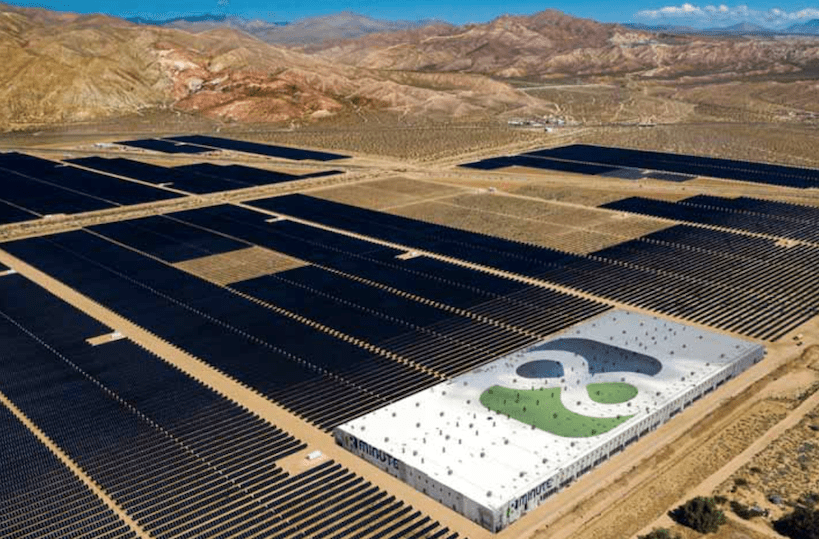
Total demand for energy storage between this year and 2030 could be close to 1TWh worldwide, according to analysis from Wood Mackenzie Power & Renewables.
The consultancy has issued the latest edition of its ‘Global energy storage outlook’ report today, predicting that the energy storage market this year will see 12GW / 28GWh of deployments, almost triple 2020 figures in GWh terms.
Enjoy 12 months of exclusive analysis
- Regular insight and analysis of the industry’s biggest developments
- In-depth interviews with the industry’s leading figures
- Annual digital subscription to the PV Tech Power journal
- Discounts on Solar Media’s portfolio of events, in-person and virtual
This echoes forecasting recently made by another research group, IHS Markit, which said global deployments will exceed 12GW in 2021. Like IHS Markit, Wood Mackenzie sees rapid growth in China coming soon, largely as a result of a 30GW by 2025 energy storage policy target announced in April.
Wood Mackenzie senior analyst Xu Le said that the target “has an outsized impact on the regional front-of-the-meter (FTM) market”.
Similarly, IHS Markit and Wood Mackenzie appear to be in agreement that 2021 will mark the time that an already quickly-growing sector matures to see an ongoing series of landmark years that smash deployment records the world over.
The US will continue to play a significant role in the global sector, while Europe, as yet slower to take off, will also see a “surge” in installations between now and 2030.
Nonetheless, although this could mean 100GWh of cumulative installs reached in Europe this decade — just under a third of which will be in the residential segment — this will only be about 10% of a the forecasted “nearly 1TWh” of total demand between 2021 and 2030.
The US and China will be largely dominant, forecast by the company to command “over 70% of total global installed capacity through 2030,” Lu said.
China alone could install 260GWh of new capacity in that time, with the wider Asia-Pacific region reaching 400GWh cumulative capacity, about 82% of that in the FTM segment.
2021-2030: 700GWh of cumulative front-of-meter deployments
Globally, FTM will continue to account for the largest share by market segment. Wood Mackenzie said 700GWh of installs by 2030 will be FTM. Residential and non-residential — which broadly refers to commercial and industrial deployments — will also grow, with one notable example in residential being the start of residential power purchase agreement (PPA) sales in Japan.
The role of renewable energy integration is taking “centre stage” in policy as many nations seek to find their way to recovery in the wake of COVID-19 pandemic disruptions to the global economy, the report said.
While the US market looks set to continue its upward trajectory, if the budget reconciliation measures and infrastructure funding policies proposed through the Biden administration are passed, including the introduction of an investment tax credit (ITC) on standalone energy storage systems (ESS), this will offer an upside to already strong growth expectations.
The existing ITC scheme applicable to solar-plus-storage installations has already “supercharged demand,” resulting in a 4.5x annual FTM deployment increase expected this year.
Other notable regional trends highlighted in a key findings briefing on the Wood Mackenzie report sent to Energy-Storage.news include a leading position in the non-residential market for Australia this year, with the ability to stack asset revenues driving higher IRRs. That said, globally, economics for non-residential projects broadly remain fairly challenging in many parts of the world, the consultancy said.
Latin America’s renewable energy expansion is requiring higher levels of grid resilience and the non-residential segment there could reach 9.7GWh by 2030. The first energy storage auctions in the region were held this year, with Colombia’s award of a 45MW project to Canadian Solar being one example, and corporate PPA deals are starting to take shape in places like Chile.
The research group is also confident of future growth in the non-residential segment in South Africa, Kenya and Nigeria, while South Africa’s recently tendered 873MW of capacity will put the country on the battery storage map.
South Africa has also lifted a cap on licensing requirements for industrial entities to generate and use their own power, which sources have told Energy-Storage.news could contribute to an uplift in deployments that Wood Mackenzie also appears to have identified.






